




| Semipalmated Plover (Charadrius semipalmatus (Bonaparte, 1825)) |





|
|
Scientific name: Charadrius semipalmatus (Bonaparte, 1825) Common name: Semipalmated Plover French name: Pluvier semipalmé, Gravelot semipalmé. Order: Charadriiformes Family: Charadriidae Size: Body size: 17 to 19 cm; Weight: 30 to 60 g; Wingspan: 43 to 52 cm. Habitat: Sandy and pebble beaches on the sea shore or along rivers, mudflats and dunes with sparse vegetation. Food: Worms, crustaceans, molluscs and small insects caught after stirring up the sand or mud with the feet. Nesting: The nest is a small depression in a sandy or stony area with sparse vegetation. Females lay 3 or 4 eggs in June. The chicks leave the nest shortly after hatching. Migration: Semipalmated Plovers winter in South America, so they can be observed in many regions during their migratory movements. Geographic area: Alaska, north-eastern Canada. |
The Semipalmated Plover has a stocky, almost neckless silhouette. It has a brown head and back. The neck and belly are white. The males have a black line on the forehead that goes from the bill to the back of the eye. A black collar extends from the throat to the nape. The bill is short with an orange base and a black tip. The legs are orange. The toes are semipalmated. Females look like males but with brown instead of black. In non-breeding plumage, the black is replaced by brown and the bill turns to blackish. |
| [To know more about the Semipalmated Plover] [Next picture] [Top] |
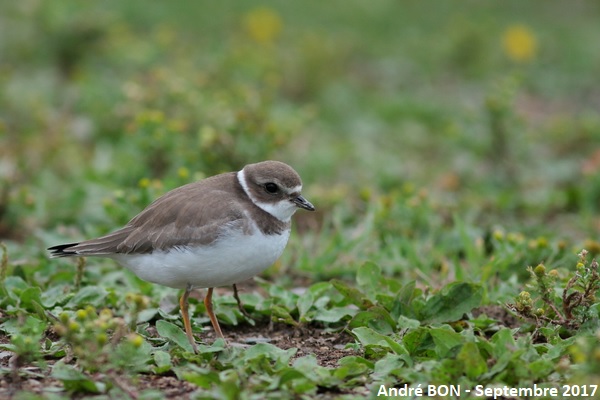
|
It was quite easy to observe the Semipalmated Plovers which were not very shy. At this date they were all in non-breeding plumage and perhaps ready to migrate to their wintering areas. |
| [To know more about the Semipalmated Plover] [Next picture] [Previous picture] [Top] |
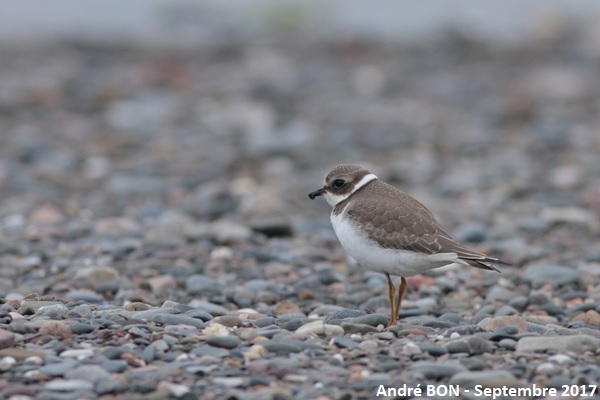
|
Does the darker brown colour of the collar and marking towards the eye indicate a male? |
| [To know more about the Semipalmated Plover] [Next picture] [Previous picture] [Top] |
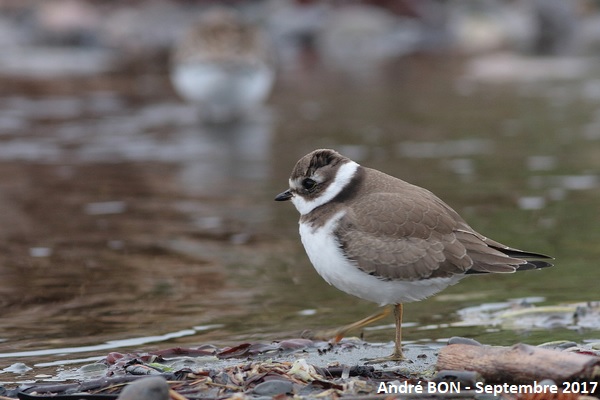
|
Here is an isolated bird by the sea. I also observed small groups of about ten Semipalmated Plovers but my photos are not very good. |
| [To know more about the Semipalmated Plover] [Next picture] [Previous picture] [Top] |
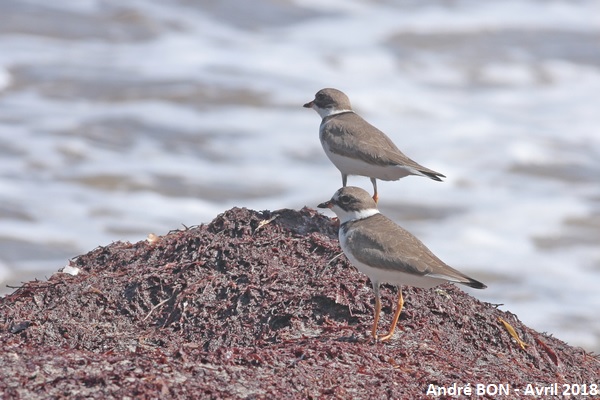
|
Is this the wintering area of these Semipalmated Plovers or are they just stopping over on their migration route to their northern nesting area? |
| [To know more about the Semipalmated Plover] [Previous picture] [Top] |
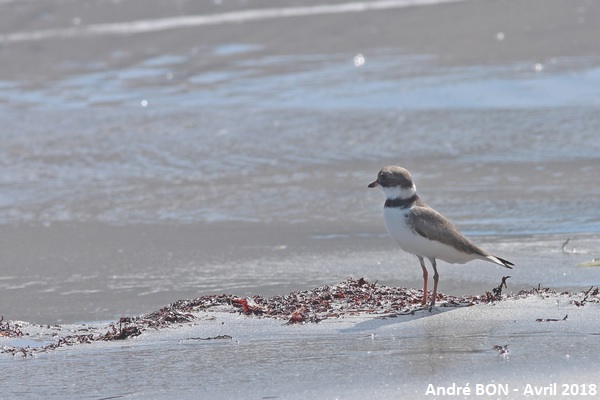
|
A few days after taking this photo, Diamant beach was inundated by sargassum. |